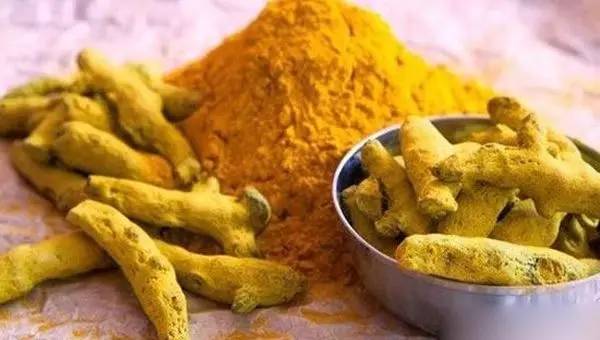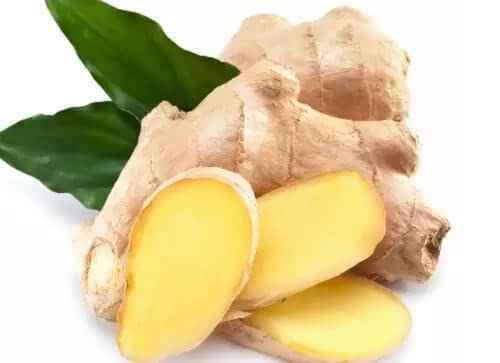- Araliaceae
- Asteraceae
- Campanulaceae
- Caryophyllaceae
- Elaeagnaceae
- Ephedraceae
- Gentianaceae
- Ginkgoaceae
- Guttiferae
- Labiatae
- Leguminosae
- Liliaceae
- Magnoliaceae
- Malvaceae
- Oleaceae
- Orchidaceae
- Orobanchaceae
- Palmae
- Poaceae
- Polygalaceae
- Ranunculaceae
- Rutaceae
- Sarraceniaceae
- Schisandraceae
- Scrophulariaceae
- Solanaceae
- Taxaceae
- Theaceae
- Thymelaeaceae
- Umbelliferae
- Valerianaceae
- Zingiberaceae

Curcuma
- Introduction
- Published data
- Download
Curcuma belongs to the Zingiberaceae family. For centuries, the rhizomes of three species, Curcuma phaeocaulis, C. kwangsiensis and C. wenyujin, and their preparations have been widely used in folk medicine against skin diseases and colic inflammatory disorders.
Pubulications:
1. Xiang Z, Wang X, Cai X, et al. Metabolomics study on quality control and discrimination of three Curcuma species based on gas chromatograph–mass spectrometry[J]. Phytochemical Analysis, 2011, 22(5): 411-418.
2. Lee J, Jung Y, Shin J H, et al. Secondary metabolite profiling of Curcuma species grown at different locations using GC/TOF and UPLC/Q-TOF MS[J]. Molecules, 2014, 19(7): 9535-9551.
Details:
http://herbalplant.ynau.edu.cn/index.php?m=content&c=index&a=show&catid=100&id=211

Zingiberis Rhizoma
- Introduction
- Published data
- Download
Ginger (Zingiberis Rhizoma), which is derived from the dried rhizomes of Zingiber officinale Rosc., is frequently used in cooking worldwide, especially in Southeast Asia, India and China. Biological research demonstrates that ginger 80 has multifaceted health care functions, including antioxidant, anti-inflammatory,
81 anti-tumorigenic and hypoglycemic activities.
Pubulications:
Wu C Y, Kong M, Zhang W, et al. Impact of sulphur fumigation on the chemistry of ginger[J]. Food chemistry, 2018, 239: 953-963.
Details:
http://herbalplant.ynau.edu.cn/index.php?m=content&c=index&a=show&catid=100&id=210